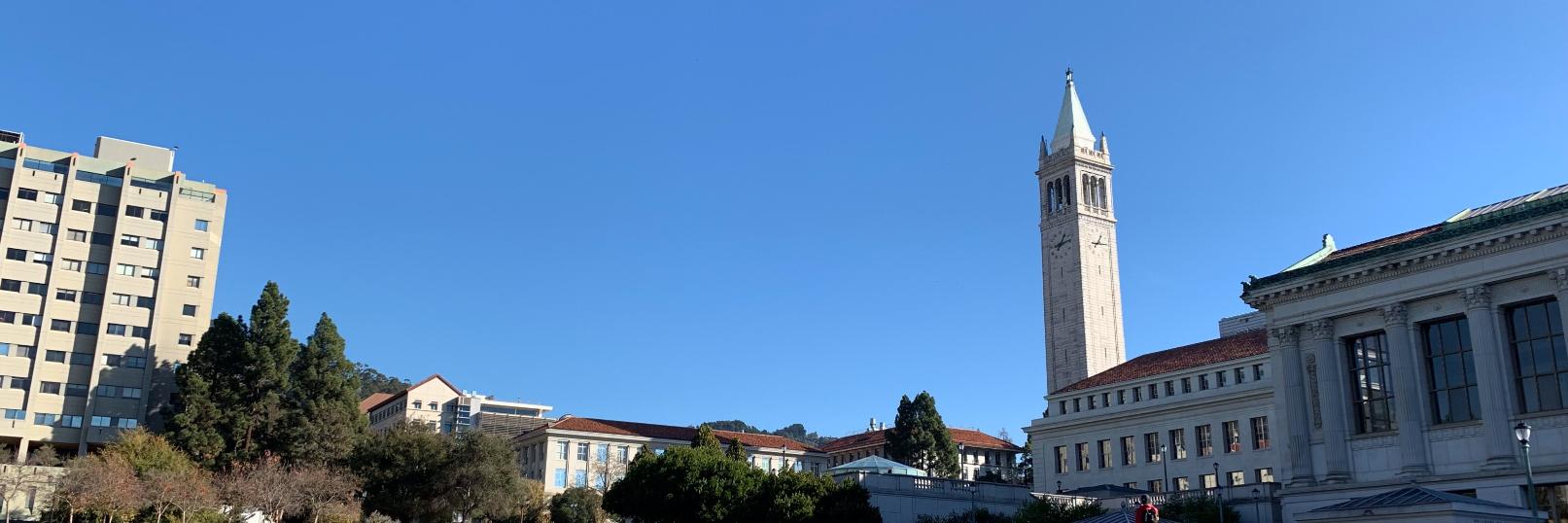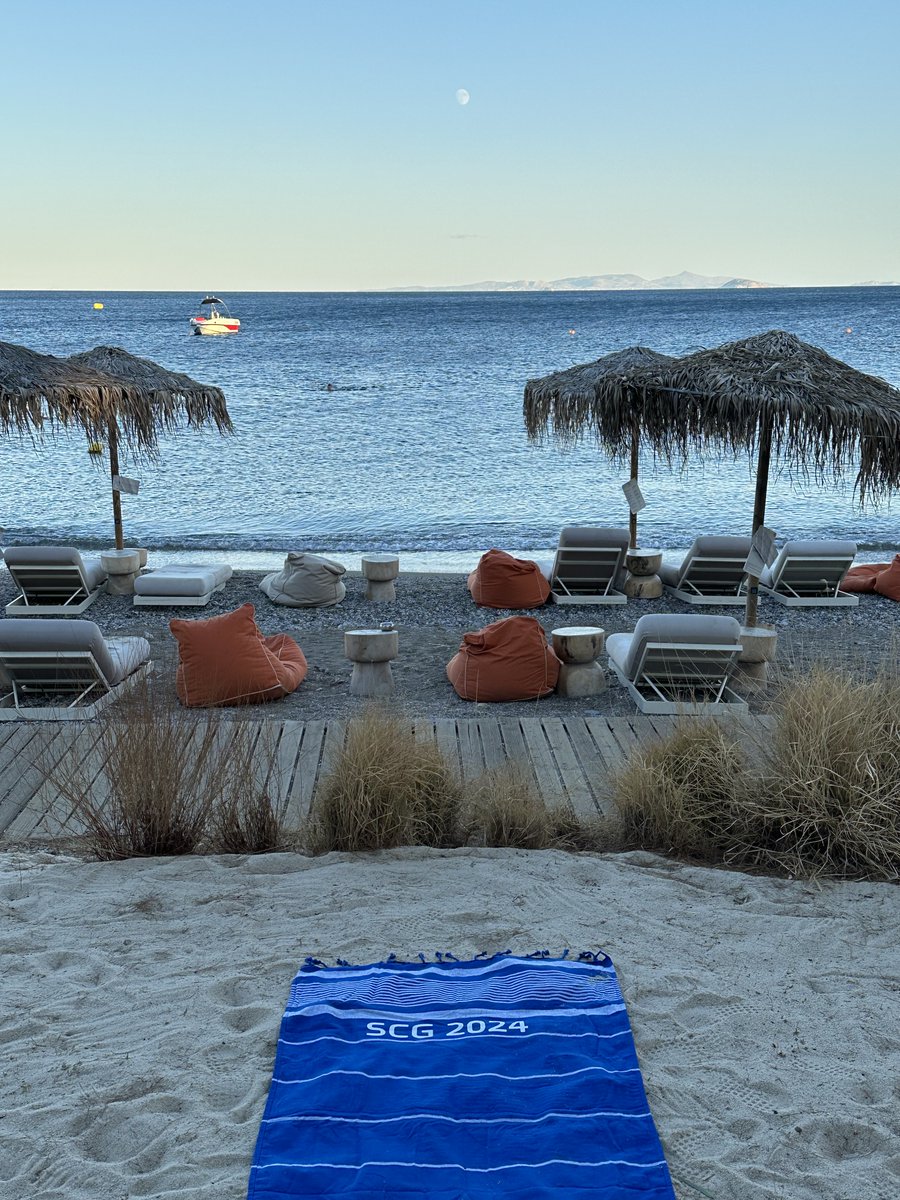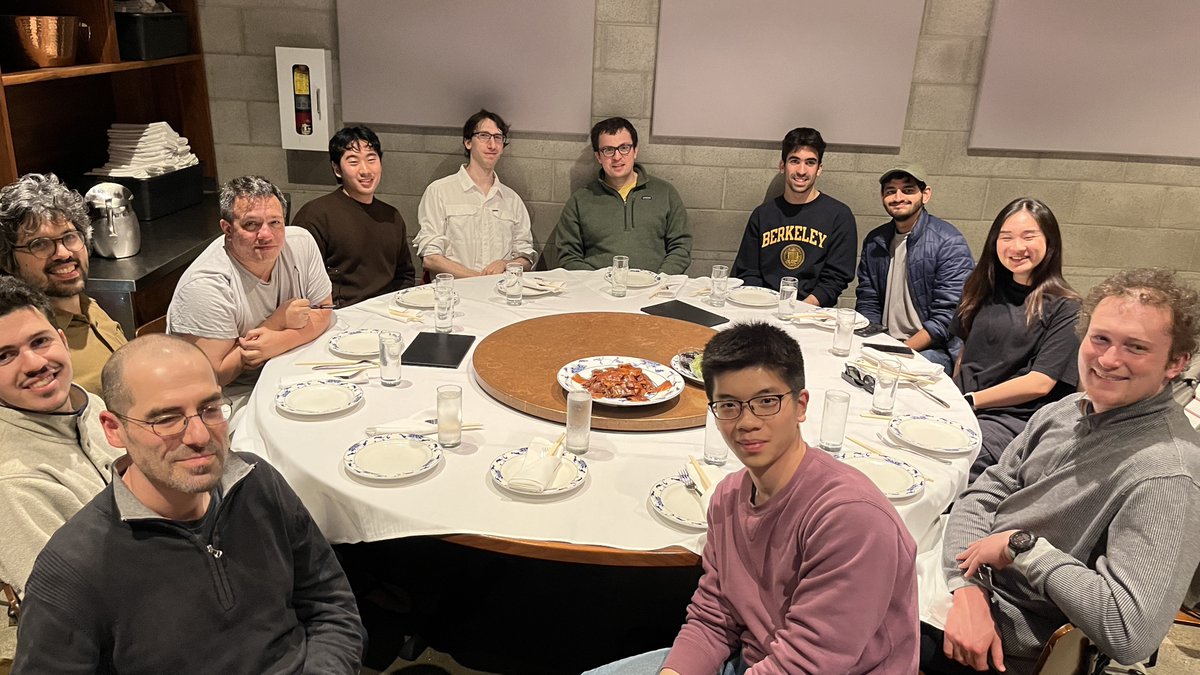
Yosef Lab
@YosefLab
EECS | Computational Biology @ucberkeley Department of Systems Immunology @WeizmannScience
One week to go before kicking off the Computational Spatial Biology seminar! Find the full schedule here csbseminar.github.io
To kick off the Computational Spatial Biology seminar series with @nathan_levyy, we will be discussing LUNA with @yistyu. LUNA is a generative AI model that reassembles complex tissue structures from gene expressions of cells. Tune in next Wednesday, April 9 @ 11AM ET!
Exciting opportunity to learn about cutting-edge approaches from the community and discover new techniques for your own spatial research!
Announcing the Computational Spatial Biology seminar! With @justjhong, we’re bringing together researchers at the intersection of AI & spatial biology to share their work. Kicking off April 9th with Yist Yu presenting LUNA! Explore the lineup here: csbseminar.github.io
Tomorrow at 2024-11-12 18:00 CET will be another community meeting! @_canergen will talk about about Scvi-hub, a repository for model-based analysis of single-cell genomic data. For more information check the Biorxiv paper: doi.org/10.1101/2024.0…
Last sunset before we kick off #SCG24! Truly excited to engage with the global single cell family. Wondering about what Harreman, Nativ and CytoVI mean? Come by our posters!

Dear community, we hope you are safe these days🙏 Towards our meeting, don’t miss the chance to share your sc-ience, poster submission deadline is coming up, Aug. 29th⌛️. 👉 forms.gle/biKowkrPhFVPo8… Looking forward to seeing you Sept, 26th, 10AM @ELSCbrain, Givat Ram, JLM.
Join us for the 1st Annual Single Cell Network Israel Meeting, Sep. 26 at @HebrewU focused on getting to know each other better! 💘 The core of the meeting will feature "Let’s talk sc-ience!" parallel sessions. 🗨️ Registration: forms.gle/sRgzQXRXRaxrov…
Aging is a complex process, and one of its hallmarks is the accumulation of senescent cells. These cells, while once healthy, have become damaged and dysfunctional. But why do they stick around? 🤔 Our new research sheds light on this! #aging #senescentcells #aging…
SCG2024 program is now online! 🔥 conferences.weizmann.ac.il/SCG2024/program Continuing our tradition with never heard before-unpublished work in the leading edge of single cell biology, analysis and technology.
How can we better reveal cellular 🦠and sample🧍variation from large-scale scRNA-seq studies? We have released a new and improved deep generative model, #MrVI, in scvi-tools and on bioRxiv, accompanied by real-world use cases. A thread... 🧵1/ biorxiv.org/content/10.110…
The lab is in full bloom as we gather in Berkeley and Israel to toast the arrival of spring and joyous Purim! Celebrating our collective achievements over delicious food and great company ☀️🎉


We are hiring a software engineer! An amazing opportunity to join our team - be at the core of the development and maintenance of our open-source Python packages, engage with the single-cell omics community within the @scverse_team consortium and beyond! linkedin.com/jobs/view/3869…
Are you an international PhD graduate interested in doing a postdoc at @WeizmannScience ? Don’t miss the opportunity to apply to the Azrieli fellowship. Conduct research at a leading Israeli university and become part of a network of top-tier scientists!
Attention international postdocs: Applications for the Azrieli International Postdoctoral Fellowship are now being accepted and are due by May 9! The Azrieli International Postdoctoral Fellowship supports the best and brightest minds in their postdoctoral research in Israel,…
Excited to announce the release of scvi-tools v1.1 today! We’re including various new features, models, and critical bug fixes in this release, some of which I will highlight in this thread: docs.scvi-tools.org/en/1.1.0.post2…
Excited to share our study on how aging affects the human immune system at different tissues, with single cell genomics. Fantastic teamwork with @psimslab, Jo Jones, @DonnaFarber3 and @teichlab; and with Cambridge CBTM and @liveonny. Fresh on bioRxiv: doi.org/10.1101/2024.0…
🚨1/ New to CZ #CELLxGENE: models & embeddings that integrate up to 36M cells in the Census corpus. Use embeddings to explore the corpus directly, or download the models to run your own data through them to enable direct comparisons to the reference. 🧵 bit.ly/census_models
Hi! We have just released VI-VS, a new framework for exploring molecular dependencies in multi-omics. It combines deep learning and rigorous statistical inference to provide interpretable discoveries with high predictive power. biorxiv.org/content/10.110…
Expanded Yosef Lab meeting at the SCG conference this week! In his talk Nir presented mrVI, a deep generative model for analyzing sample-level heterogeneity in single-cell RNA-seq datasets. Find out more: github.com/YosefLab/mrvi

veloVI enhances RNA velocity analysis with uncertainty quantification and extensibility by deep generative modeling of gene-specific transcriptional dynamics. @adamgayoso @PhilippWeiler7 @fabian_theis @YosefLab OA paper: nature.com/articles/s4159…
Excited that veloVI is out @naturemethods! Led by @adamgayoso & @PhilippWeiler7 w awesome @YosefLab, we combine deep generative modeling with a mechanistic single-cell transcriptional model for better RNA velocity analysis with uncertainty quantification. nature.com/articles/s4159…
In this resource Streets and colleagues provide a timeline of CD4+ and CD8+ T cell lineage commitment, identifying sequential waves of TCR signaling that initiate CD4+ T cell then CD8+ T cells lineage differentiation. Read it here: rdcu.be/djHe5 nature.com/articles/s4159…
By learning a joint representation using deep generative modeling, MultiVI integrates multimodal and single modality single-cell datasets which enhances multiple functionalities. @YosefLab @TalAshuach @MGabitto OA paper: nature.com/articles/s4159…